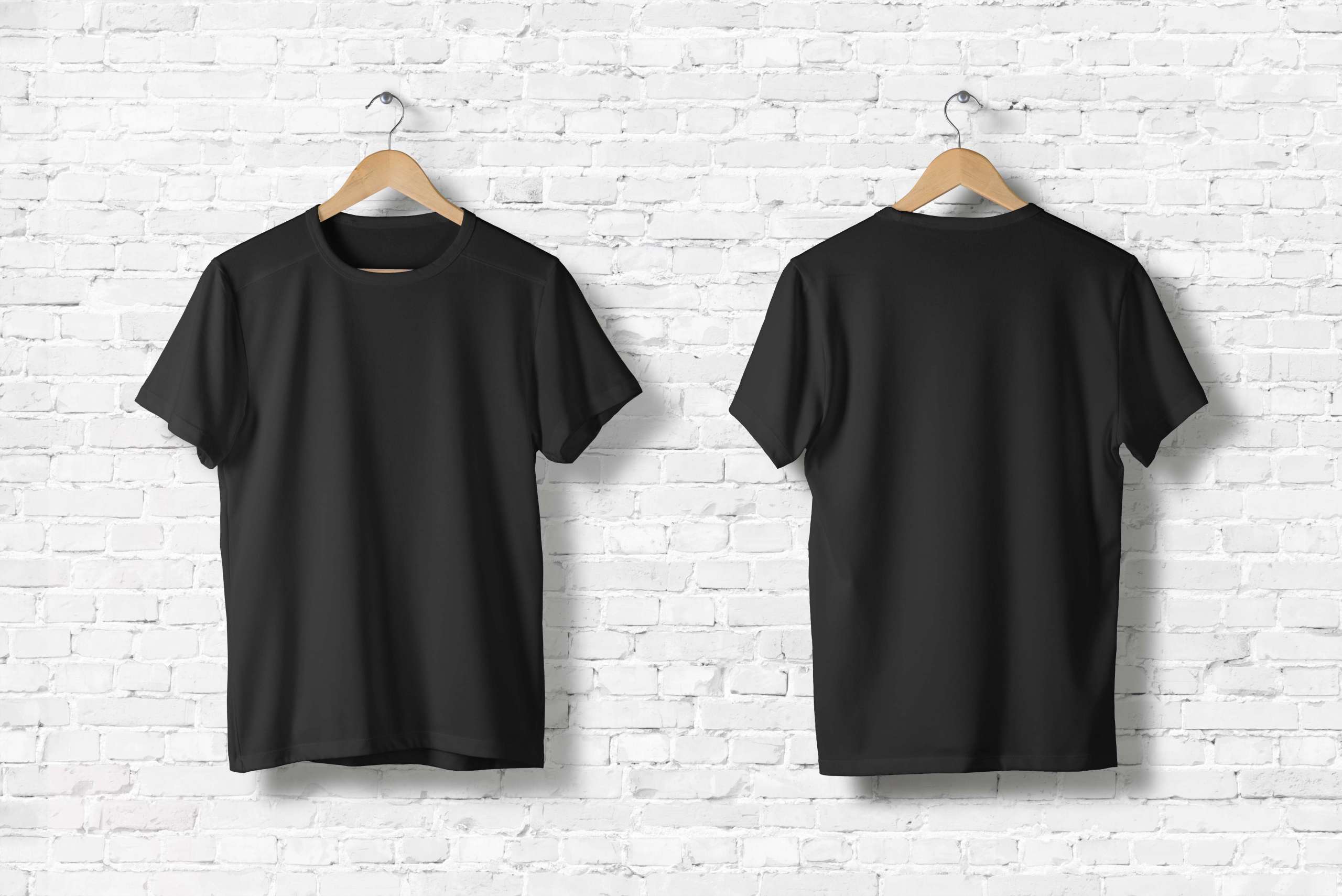Ways to Lower Packaging and Overhead Costs for Fashion Brands



The fashion industry is widely known for its wasteful practices. The overpacking of clothes, excessive amounts of materials when making each garment, and the constant need to produce new items to keep up with the latest trends, are all issues that plague the production-side of fashion.
These practices affect not only what we wear but also the amount of waste in our world. Fortunately, there are several ways to combat these problems to make sustainability more accessible for consumers and brands alike. The best part is that many of these tips will reduce the amount of clothing packaging and other overheads.
Here are a few tips to help reduce the amount of clothing packaging:
Use quality materials that don't require as much labour or finishing
You can find many sustainable fabrics out there that don’t need too much work done to them. This could be things like organic cotton knits, hemp linen blend shirts, recycled nylon outerwear, and recycled polyester knits.
Introduce the circular economy into your business plan
This is a big way to produce less waste (and use fewer finite resources). You bring back everything that you have to make again and again, which means zero waste. It goes beyond just making clothes out of used bottles or bags–it also includes things like using scraps to make other garments rather than sending them off to landfills and having both customers and employees return their clothing for second-hand resale or recycling.
Cut down on over-packaging

This is another critical step in minimizing waste creation in your production process. There are few companies out there doing this well, but few have shown innovation outside of clothing so far. Kikka, a Finnish company that makes accessories, does not ship its products in cardboard boxes. They use custom-made envelopes for each product and avoid the excess waste created by your average shipping box.
Change consumer habits
The most significant barrier to creating less waste is changing consumer habits. This may feel like an uphill battle at times. But the more you encourage change—including educating consumers about how they can make better choices—the closer we'll get to making every store sustainable too!
Make more resilient clothing
Why not make clothes that don't get destroyed when they get wet? Nowadays, most outdoor garments, such as jackets and rain boots, aren't water-resistant and get destroyed when we wear them in the rain. Some companies are beginning to offer innovative solutions, for example, Columbia makes some great functional outerwear pieces that resist getting ruined by rain.
Invest in producing durable clothing
Speaking of outerwear, invest in something durable. It is advice often given to regular consumers, but brands need to take note. If you outfit your models with clothes that aren't made to last, this ends up looking unprofessional and wasteful.
Repurpose runway clothing
Many fashion labels invest millions on runway shows and clothes and fashion accessories that are never used again. Many of these items even end up in a landfill. Consider having those garments donated somewhere where they can be sold or repurposed instead.
Promote a culture of sustainability through your marketing campaign
Use your advertising imagery to encourage sustainable living. If you're showing off products in a wasteful way, this gives the impression that it's normal behavior, and viewers will do the same thing when they get home. Instead, show how people can be better stewards of the planet with your clothing—for example, having them engage in recycling or composting—to create awareness for consumers.
Use sustainable materials for all your products
If you make a product out of recycled plastic bottles, don't use virgin plastic for something else in the collection. That creates a conflict—the brand appears hypocritical, and too many mixed messages make a person distrustful. Make sure this translates to your clothing packaging too.
Consider recycling and upcycling as a conscious choice

Recycle or repurpose garments that cannot be sold or donated instead of throwing them into landfills. It's possible to repair clothing that doesn't work anymore so one can upcycle it into something new, which would add longevity to your offerings without demanding more resources from our planet.
Educate your customers
Make sure customers know exactly where their clothing is being made, so they have a better idea of how it was produced and take responsibility for some of that process.
Be accountable
Include a list of materials used on online product pages. If a garment is made from recycled polyester, explain that to consumers to know what went into making it! It adds transparency and educates your customers. They can use this information as part of their buying decision or when researching new items from other brands if they love the first piece they purchased from you.
Empower people to make right choices
Customers want more sustainable options but don't know how to achieve those results themselves. But if you show them how easy it is to start creating less waste by changing just a few habits, then making smarter decisions becomes much more straightforward for everyone. By doing so, you're empowering them to take action and create a community that values sustainability.
Engage in fair employment practices
Whether the product is made from sustainable materials or not, if it's sourced from a company that isn't thinking about how its workers are treated, it reflects poorly on the brand itself. Nowadays, businesses have many options to consider when choosing where their products come from, so make sure your selection aligns with your core values and ethics.
Walk the talk
Don’t simply talk. Make sure you use reusable clothing packaging whenever possible. It's essential to go beyond simply reducing waste—it's also brilliant business sense to minimize any costs related to packaging, storage and transportation of products into your store or office! If possible, develop a system where buyers can ship back the clothing packaging to you so you can recycle it. Incentivize your customers to become part of such a program.
Looking ahead
From the above tips, you can see how there are many ways you can start achieving zero waste throughout your business operations and still keep quality high and costs low. If you begin working with these steps now, you'll find you can quickly reduce waste and change current production processes to cut down on excess plastic, cardboard and other materials used for shipping.
With a bit of effort, the fashion industry can work together to build a better future: one where everyone—from consumers all over the world to the people making your products benefit from.
It’s essential to know where one can make changes so you can do your part when sourcing materials or look at ways to reduce overhead costs in your business plan.
If you ever doubted that you could make a difference with your fashion choices as a manufacturer or designer, remember that there are countless sustainable brands out there that care about their product and the consumer as much as they do about the planet.
Fashinza is one such brand that focuses on bringing sustainable fashion to top clothing and apparel manufacturers. We have the potential to work with suppliers to create ethical clothing. So, if you would like to lower your clothing packaging and overhead costs by working with the right suppliers, get in touch with us today.



















